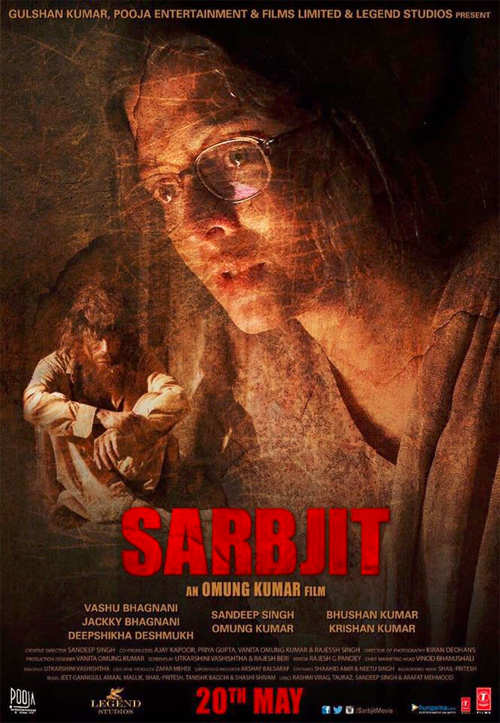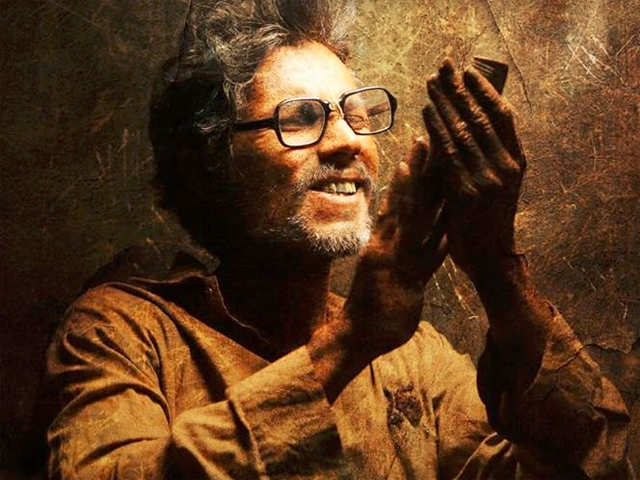He said in the intro: "Working as a guitar teacher professionally, I've come across countless beginner guitar books, videos and other instructional material - much of which is terrible.
"One of the common problems I see is the laborious and ineffective approach to learning and playing the very first chords, which are often too difficult for most beginners and can make even most enthusiastic budding guitar player lose the will to live.
"Here is the fast track method to playing your first chords instantly, in a musical, enjoyable and practical way, which by the end will reward you with your own created piece of music."
The lesson reads as follows.
STEP 1 : The Chords Firstly, let's define a chord as 3 or more notes played at the same time.The chords are C, G and G7.
C is played with finger 1 (index) Strummed from G string downward towards floor.
G is played with finger 3 (ring) Strummed from D string downward towards floor.
G7 is played with finger 1 (index) Strummed from D string downward towards floor.
Tips:Try playing each chord in the order below:
Got it? Now try this: Now let's combine them: Can you hear the smooth transition from the dissonant G7 resolving to C as though the progression had taken us on a journey and at this point had finally returned home on the chord C?We now have a short, yet coherent and great sounding piece of music.
We can expand on this even further to create an awesome musical experience immediately, rather than a result of weeks of tedious practise endorsed by general methods.
FINAL STEP : Let's get a drummer Now that we are familiar with the chords, let's apply them to a practical and common musical scenario: playing to drums.Drum backing tracks can be found on YouTube. Search for a "drums only" backing track of a comfortable speed of 70 - 100 BPM (beats per minute)
Note: It's important that the backing track contains no other instruments in the mix except drums.
Following the chord progression, play each chord and let it ring out for four beats before playing the next one.
Note: Each chord is played on the first beat of each count and is held until the first beat of the following count.Tips:
Here's an example:
Summary We have learned three starting chords which not only lay a strong foundation to playing more advanced chords in the near future, but which also provide an opportunity for instant practical musical application and experience of playing music almost immediately. Following this guided method will bypass weeks of tedious labor taught by a general approach which only offers an abundance of headaches with a minimal result.Experiment rearranging the chords and creating new progressions. Play along to different drumbeats at different speeds. Why not even record yourself on your phone, tablet or computer? The possibilities are vast. Try this out and you will find yourself learning, creating and enjoying guitar 10x amounts, today.
For more info about Sergei, check out PrivateMusicLessons.co.uk or the man's Twitter page.
 About Megan Boehnke
About Megan Boehnke 
